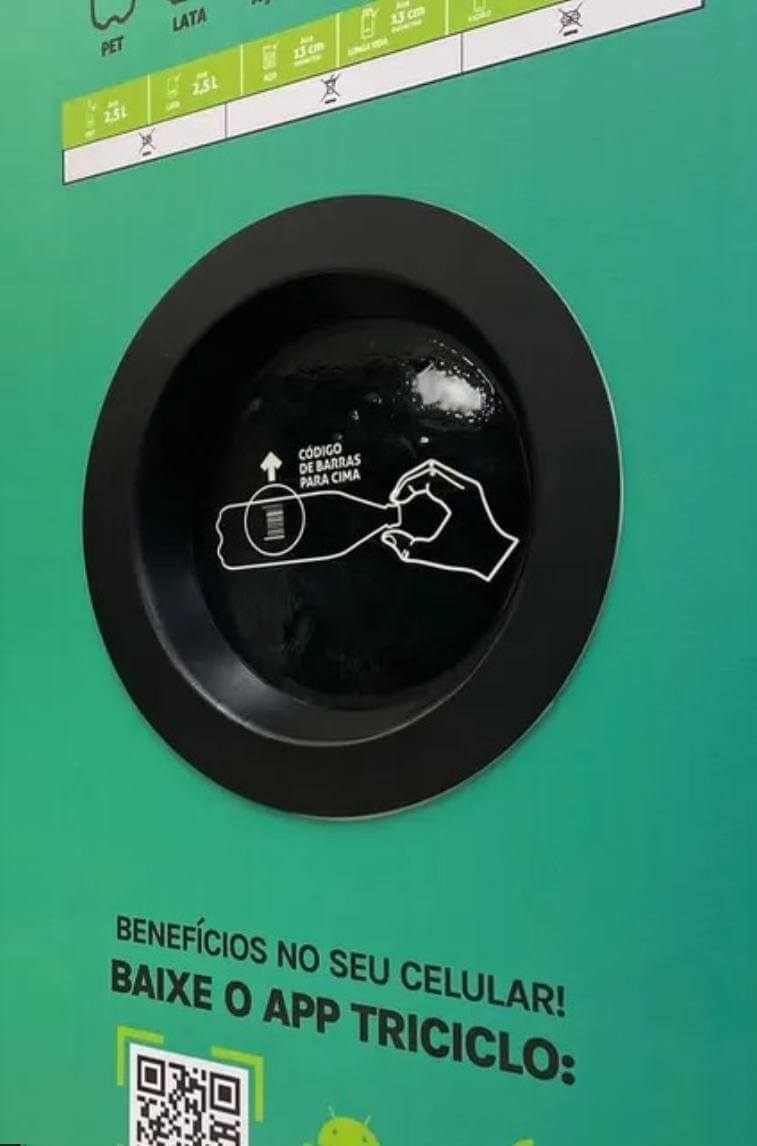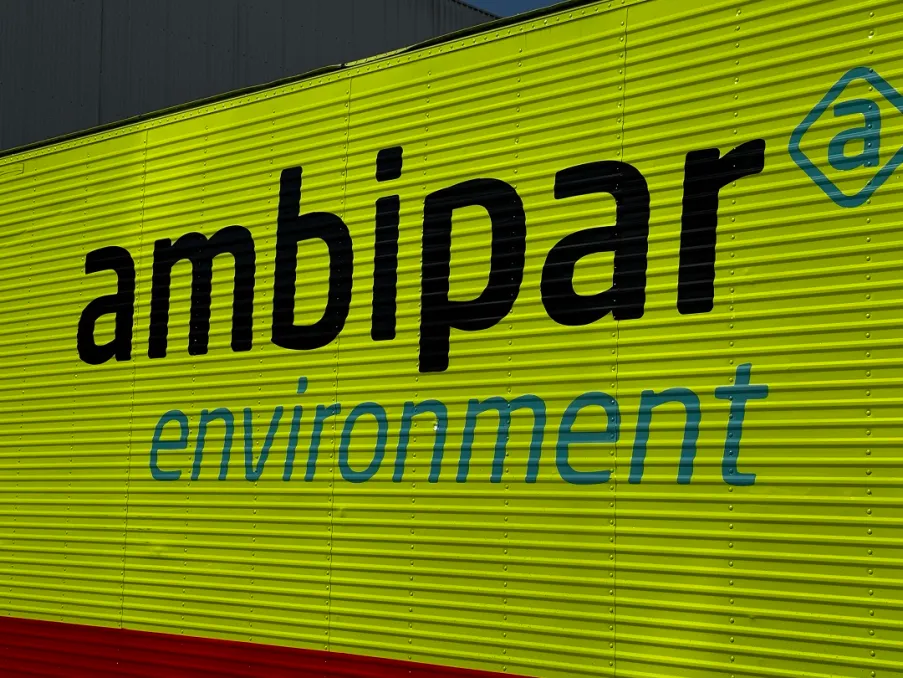SBT News by Pablo Valler - 09/07/2023

By Marketing Team
Posted in September 7, 2023

Experts in circular economy say that governments have not yet encouraged conscious capitalism.
“So far, only forms of waste have been created. Even due to idleness. It’s when you buy a product and don’t use it. The drill is an example. Those who have it use it on average, three minutes in life, I saw in a study. There’s also the shortening of the lifespan, which began in the world’s first economic crisis. When the folks making light bulbs needed to increase consumption… ‘Eureka! Let’s end the lifespan of light bulbs.’ Instead of seven thousand hours, they left them at a thousand. They last less and sell more,” says Guilherme Brammer, CEO of Boomera Ambipar, a company that creates sustainable solutions for other companies, when talking about how the linear production economic model is not sustainable.
The solution is the circular system, in which raw materials can come from discarded products, recycling. The waste generated during the process is already moved to other production lines or even factories, generating other items. Instead of being made not to last, it’s the opposite. Profit can come from the trust generated or from turning the product into a service. The example of the drill can be given here: instead of selling a drill that will become almost useless, why not create a tool rental service and profit permanently? Well, just because it’s sustainable doesn’t mean it doesn’t yield a profit, reminds another CEO:
“It’s not for nothing they call it circular economy. If it was just circularity, it wouldn’t be. It’s the business involving circularity that’s called circular economy. We have to stop thinking it’s an attitude of tree huggers and understand that it’s a business opportunity to make your product last or return,” says Arthur Rufino, who created Octa, a vehicle dismantler. In other words, it prevents more cans, plastics, fabrics, glass, and conduits from being dumped in those gigantic car cemeteries.
“I’ve been to 10 countries. You realize that abroad, 5% of the fleet, every year, goes to a legal dismantling center. They are dismantled, and the parts are redistributed to consumers. Whether as pure reuse or remanufacturing. So, you take a part that’s not perfect; the industry simply applies some kind of repair, and it returns to the market in like-new condition. These are huge markets. Japan has almost four million vehicles dismantled per year. The United States has over 12 million. In Brazil, we have 500,000 formally dismantled. So, what happens: when you don’t offer a legal solution to the market, thefts and vehicle robberies increase. So, there’s a lot of room for legal dismantling centers in Brazil to get the job done. Because consumers are feeling the absence, the delay of the automakers: where are my parts,” Arthur says, bothered by how, all this time, Brazil still has so few dismantlers.
Why do few entrepreneurs see opportunities in the sustainability movement?
“We have to change a ‘little chip’ in our brains. We need to learn to unlearn. Start putting this kind of agenda to children from the first year of school. We teach history, geography, mathematics, but we don’t teach the ecosystem, sustainability. So, when you make a decision, whether as a consumer or as a company director, your decision will follow the past,” says Guilherme when reflecting on the lack of sustainable projects. In addition to school education, higher education, the job market, finance, and political powers need to change their ways of seeing processes, in tune with sustainability.
Speaking of public policies, we can mention that they need to be more coherent. A bad example occurs with the subsidies granted by governments to industries: “Today, the recycling industry pays the same level of taxes as a petrochemical industry, as an industry that extracts non-renewable resources pays,” he recalls. This situation shows how, despite the seriousness of the situation, we still do not have the commitment of those who are most interested in reducing the planet’s stress. “Circular economy, due to its scope and its application on a large scale, is the solution to what we are experiencing today,” Guilherme states.
However, in the United States, less than 10% of companies have adopted circular economy practices, according to a study by the government itself at the request of President Joe Biden. In Brazil, according to the National Confederation of Industry (CNI), 72% do. This data was surprising: “I would say there’s some additional information there,” Guilherme jokes. “For sure, they do something like recycling scraps of raw materials. It’s not a complete program,” adds Arthur. Indeed, the CNI reveals that among those who said they practice circular economy, 70% of them did not know the concept before being questioned by the survey.
Learn more about the circular economy in episode 33 of Foco ESG (in Portuguese):


